We Do Whatever It Takes To Get The Job Done Right
4 Key Considerations for a City Sewer Line Hookup
Connecting a home to a city sewer line is essential for urban living, as it ensures waste is transported safely and efficiently away from properties. Understanding the details of a sewer line hookup can prevent headaches and help homeowners with effective planning and maintenance. This guide covers the essential factors to keep in mind, providing insights for both current homeowners and prospective buyers.
1. Know the Role of the Main Sewer Line
A primary component of any sewer line hookup is the main sewer line itself. This horizontal pipe runs underground from the house to the street, channeling waste away from the home. Typically, in our experience, four inches in diameter, this pipe may sometimes be as narrow as 3 inches, depending on the property layout. Proper installation and regular maintenance of this main line are crucial. When blockages occur, they can cause backups, unpleasant odors, and disruption to daily routines.
2. Conduct a Pre-Connection Inspection
Before finalizing any
sewer line hookup to the city’s system, it’s vital to conduct a thorough inspection. This inspection helps identify issues such as cracks, obstructions, or tree root intrusions that could disrupt the line. According to the U.S. Department of Agriculture, tree roots are a common cause of sewer line blockages, with up to 90% of sewer system problems in some areas linked to root intrusions. By identifying and addressing these issues early, homeowners can avoid significant repair costs and inconvenience.
3. Complete the Permitting Process
The permitting process is another essential step when connecting to a city sewer line. Municipalities have specific regulations that homeowners must follow to ensure public health and safety. Obtaining the necessary permits before beginning any work is crucial, as these permits ensure the project complies with local building codes. This often involves working closely with city officials or licensed plumbers to verify that the connection meets regulatory standards. By completing these steps, homeowners can prevent potential liabilities and delays in the installation process.
4. Consider Professional Installation
Hiring a professional to manage a sewer line hookup can streamline the process, ensuring compliance with city regulations and reducing the risk of future issues. Professionals can also advise on necessary upgrades or repairs based on the condition of the existing sewer lines. This expertise minimizes the risk of costly repairs in the future and contributes to a reliable, long-lasting connection.
Hooking up to a city sewer line involves several critical steps: understanding the main sewer line, conducting pre-connection inspections, obtaining permits, and considering professional installation. By staying informed and proactive, homeowners can ensure a smooth and reliable sewer line hookup that supports the functionality and safety of their home and community. For expert assistance with your sewer connection needs, contact A-1 Plumbing & Drain today to ensure your project is handled with precision and professionalism.


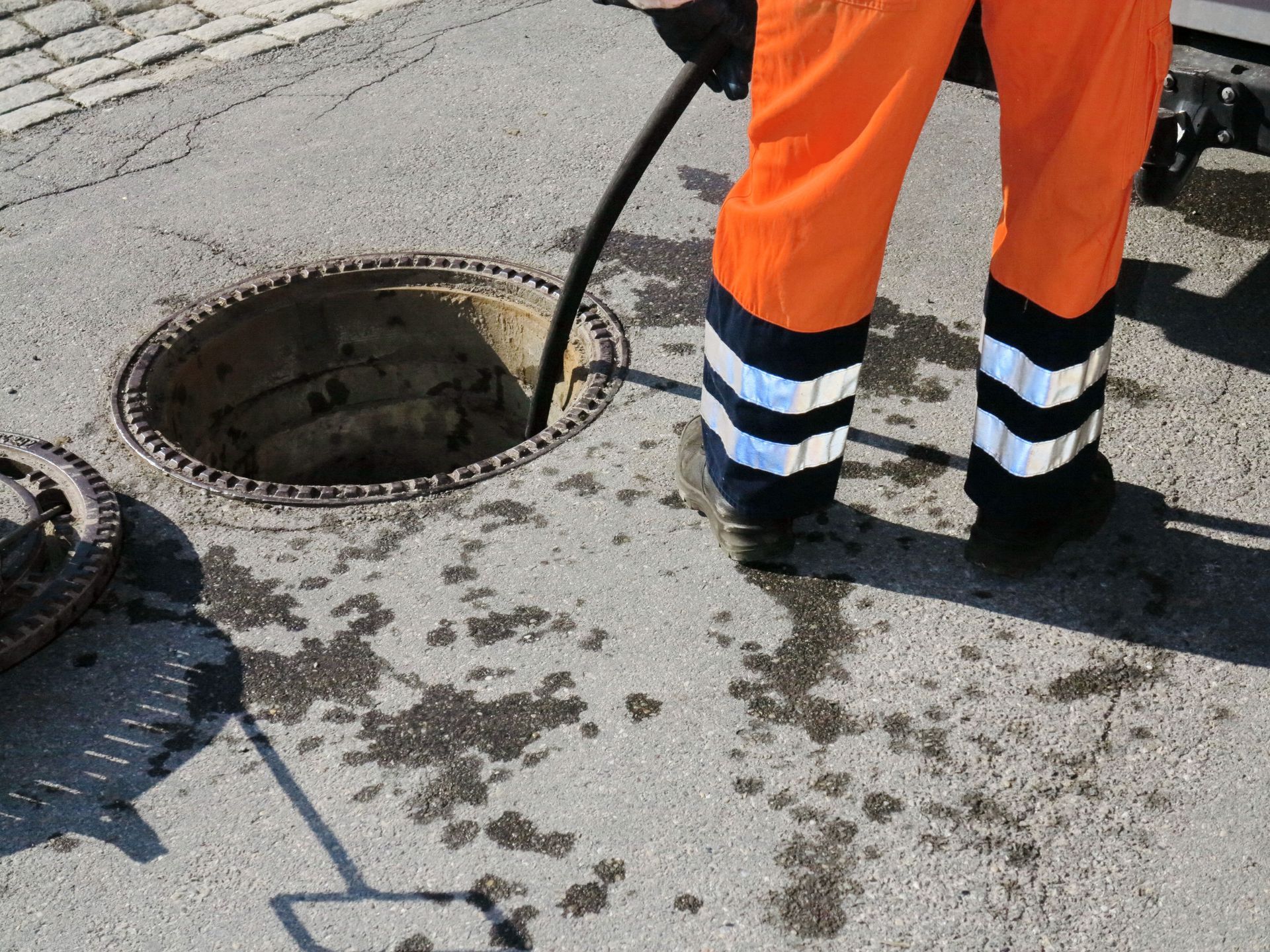
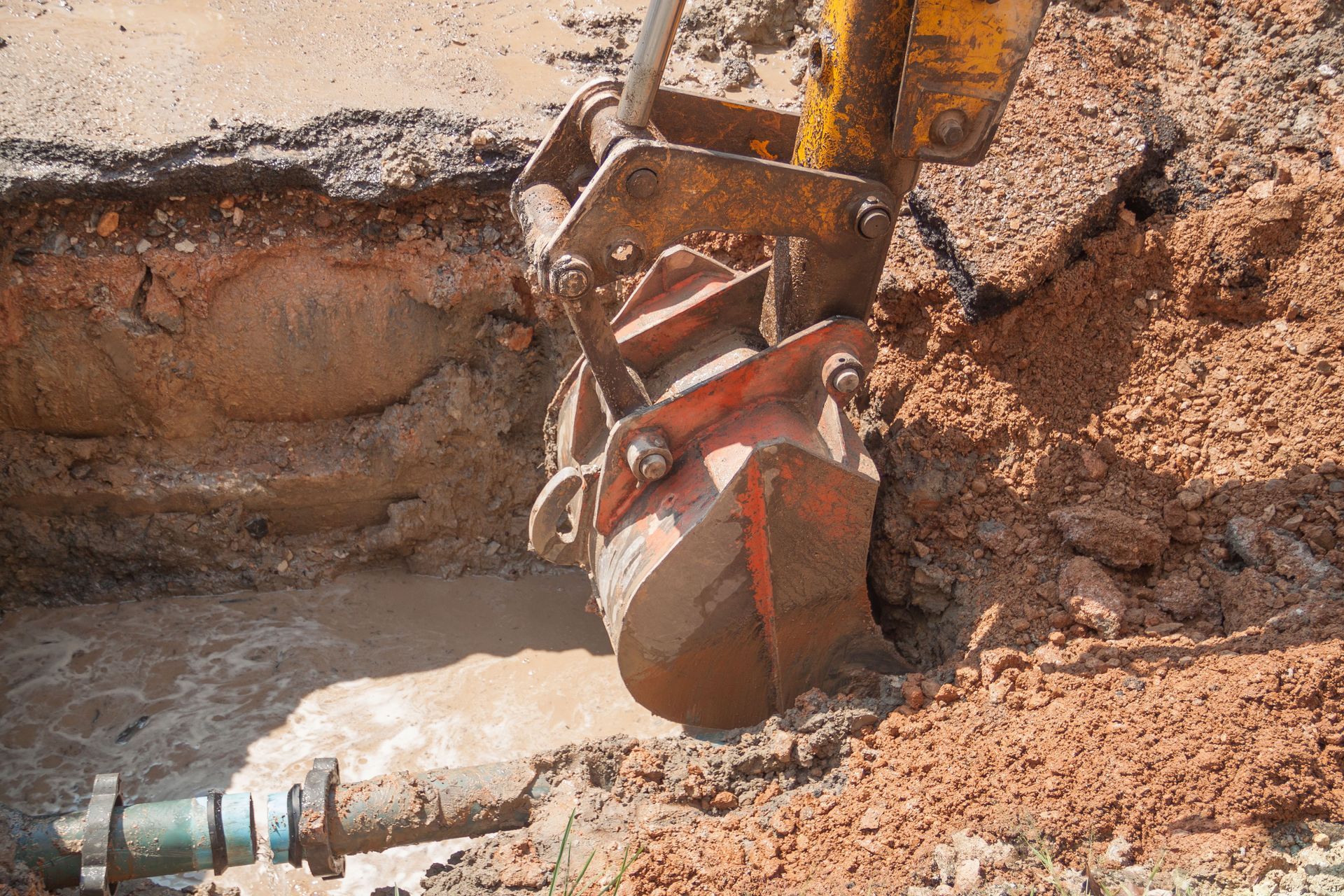
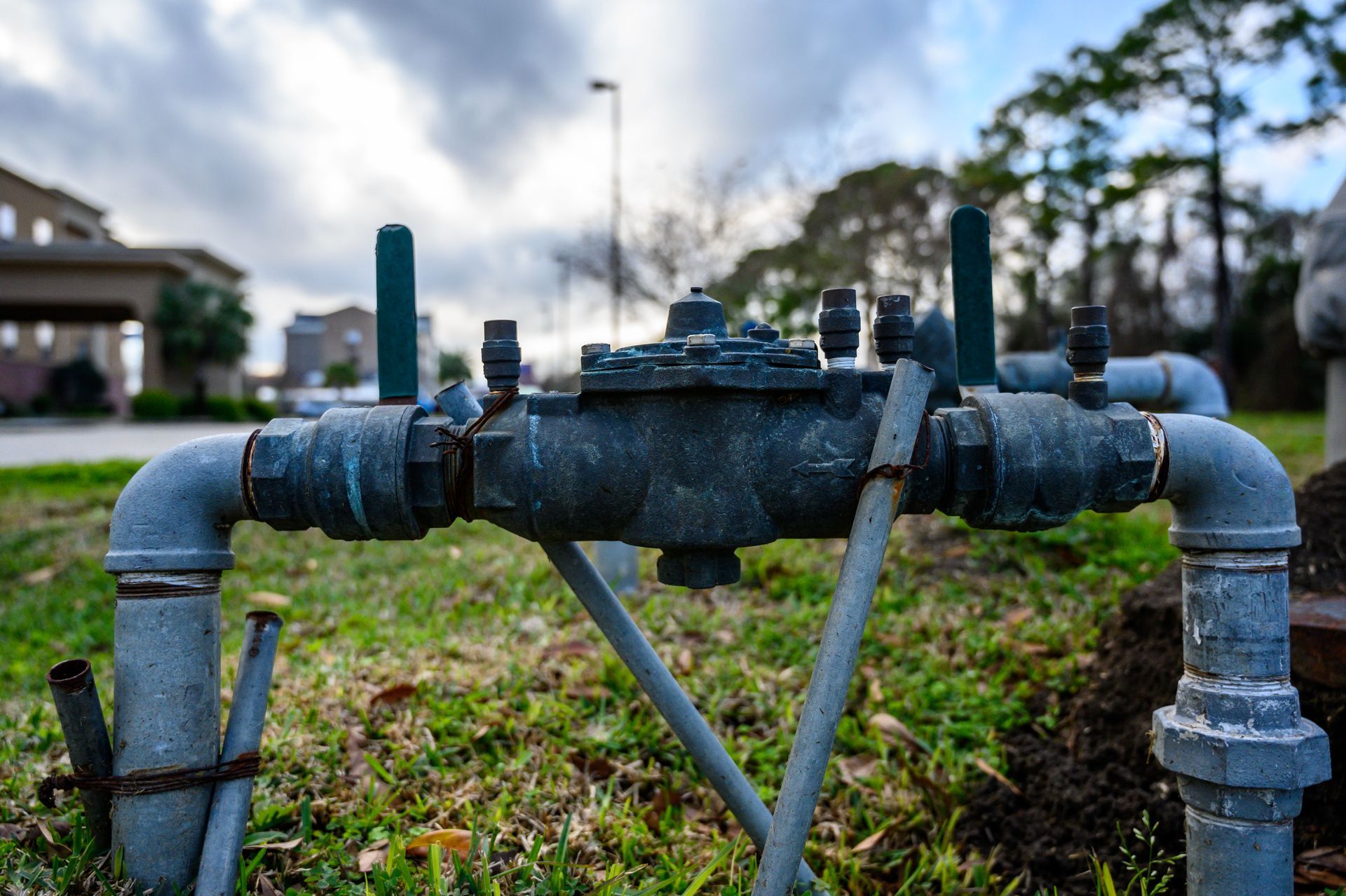
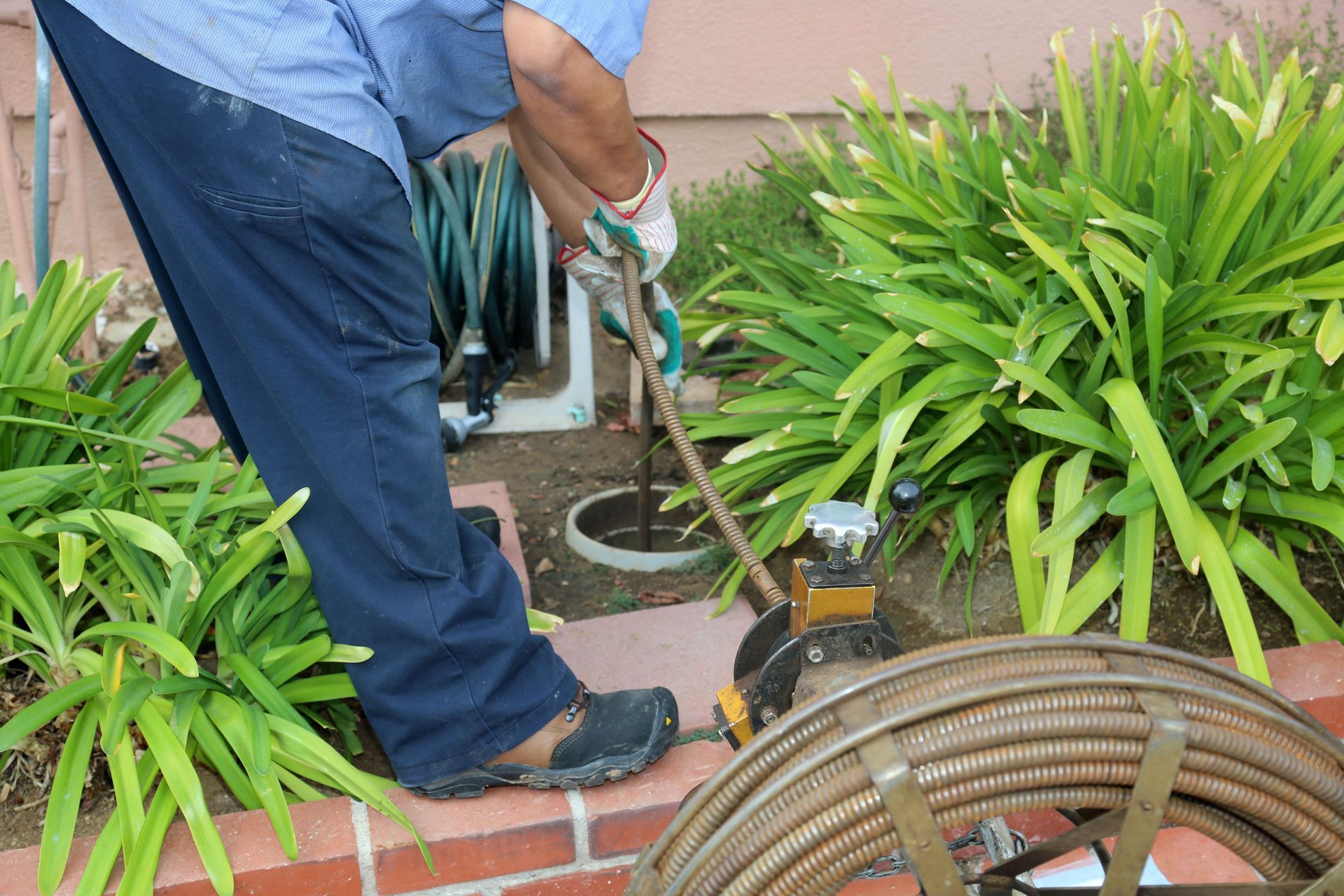
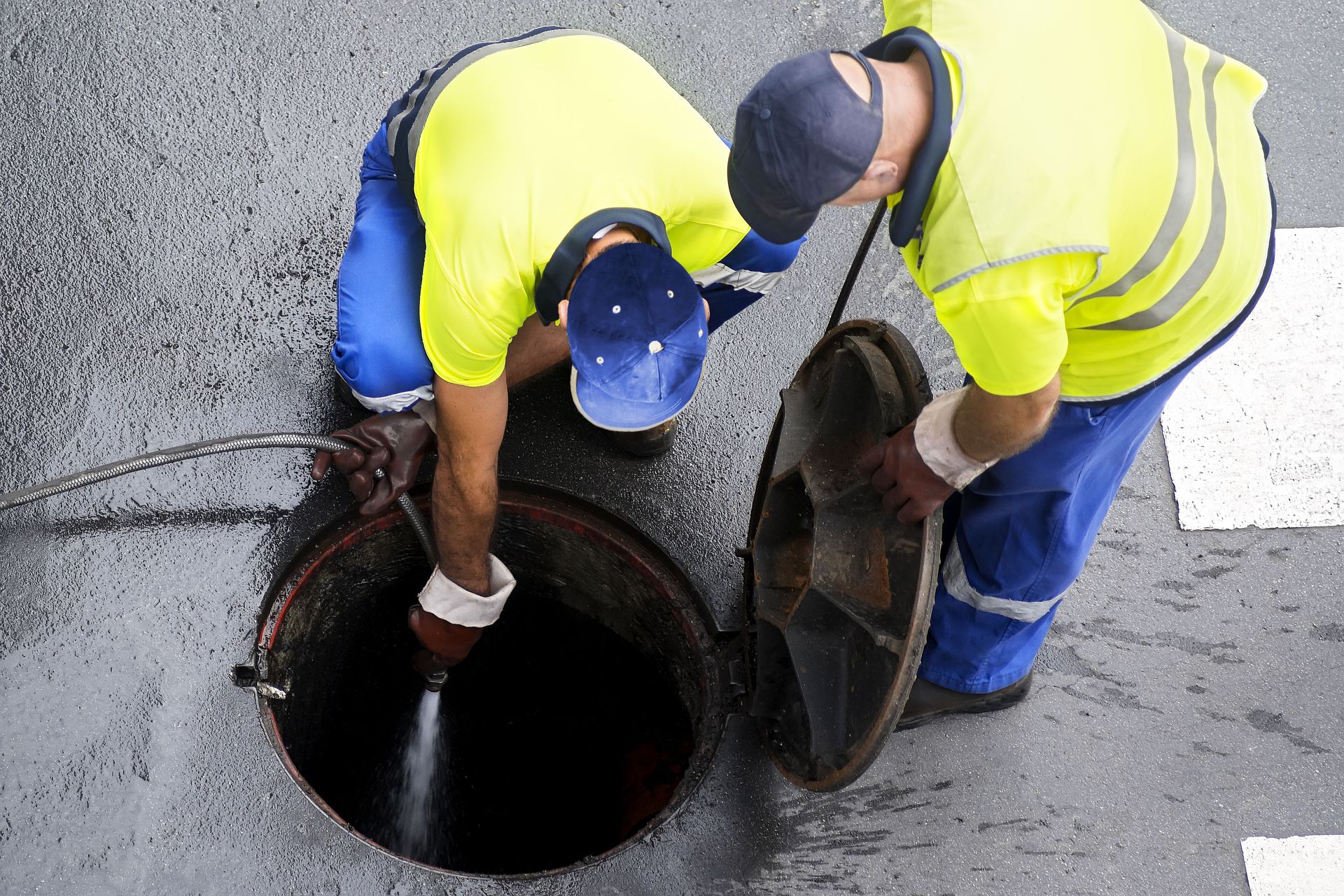
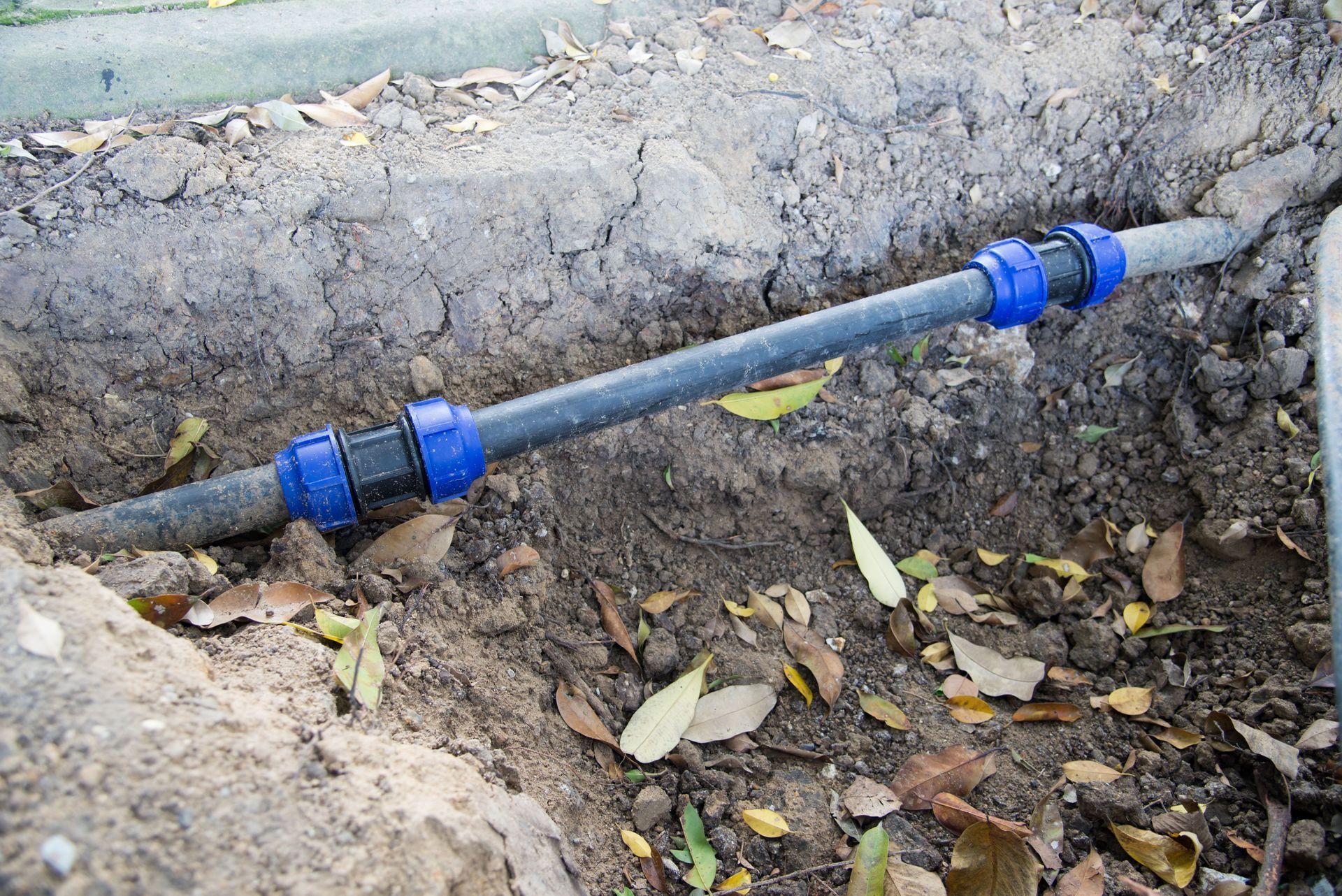
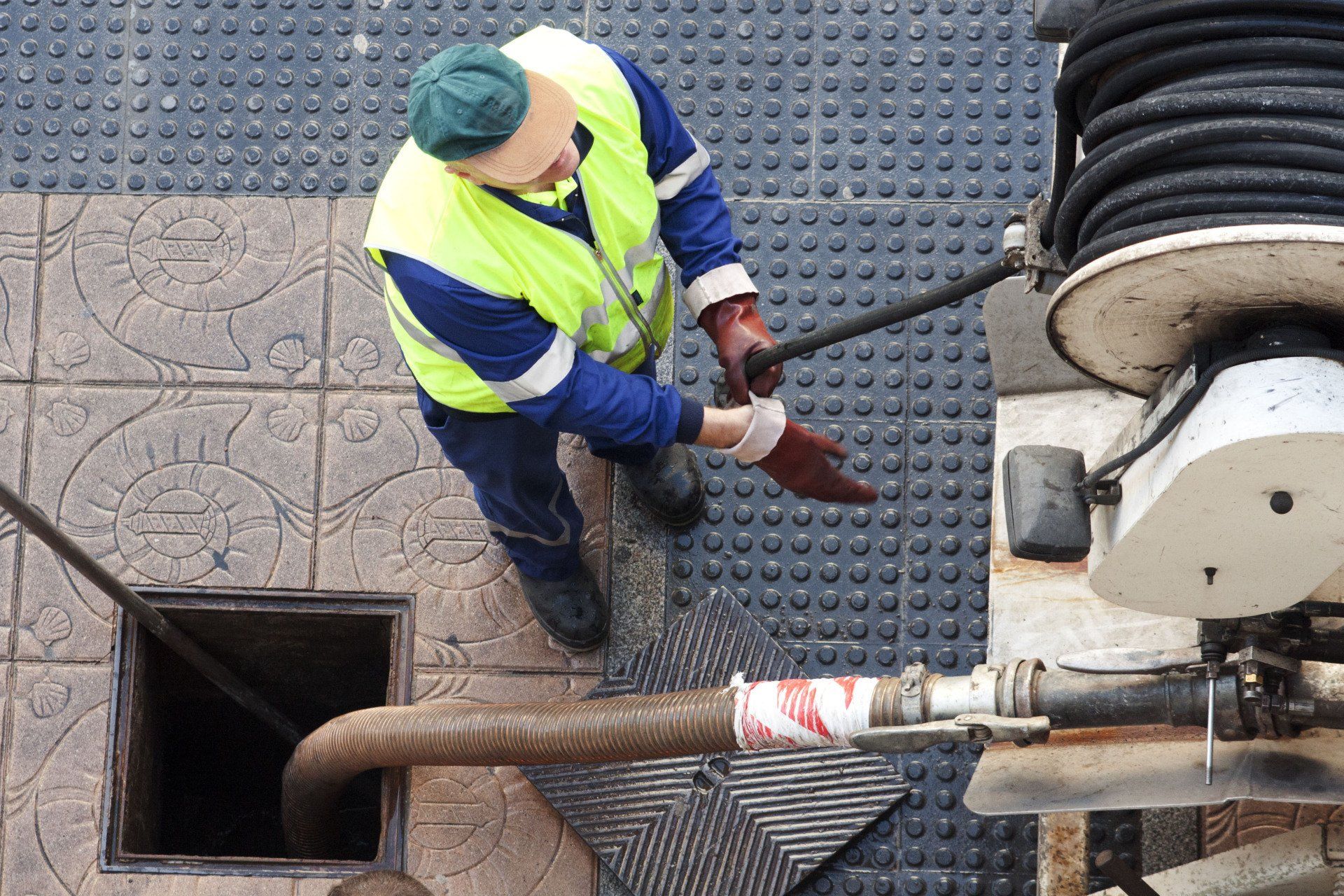
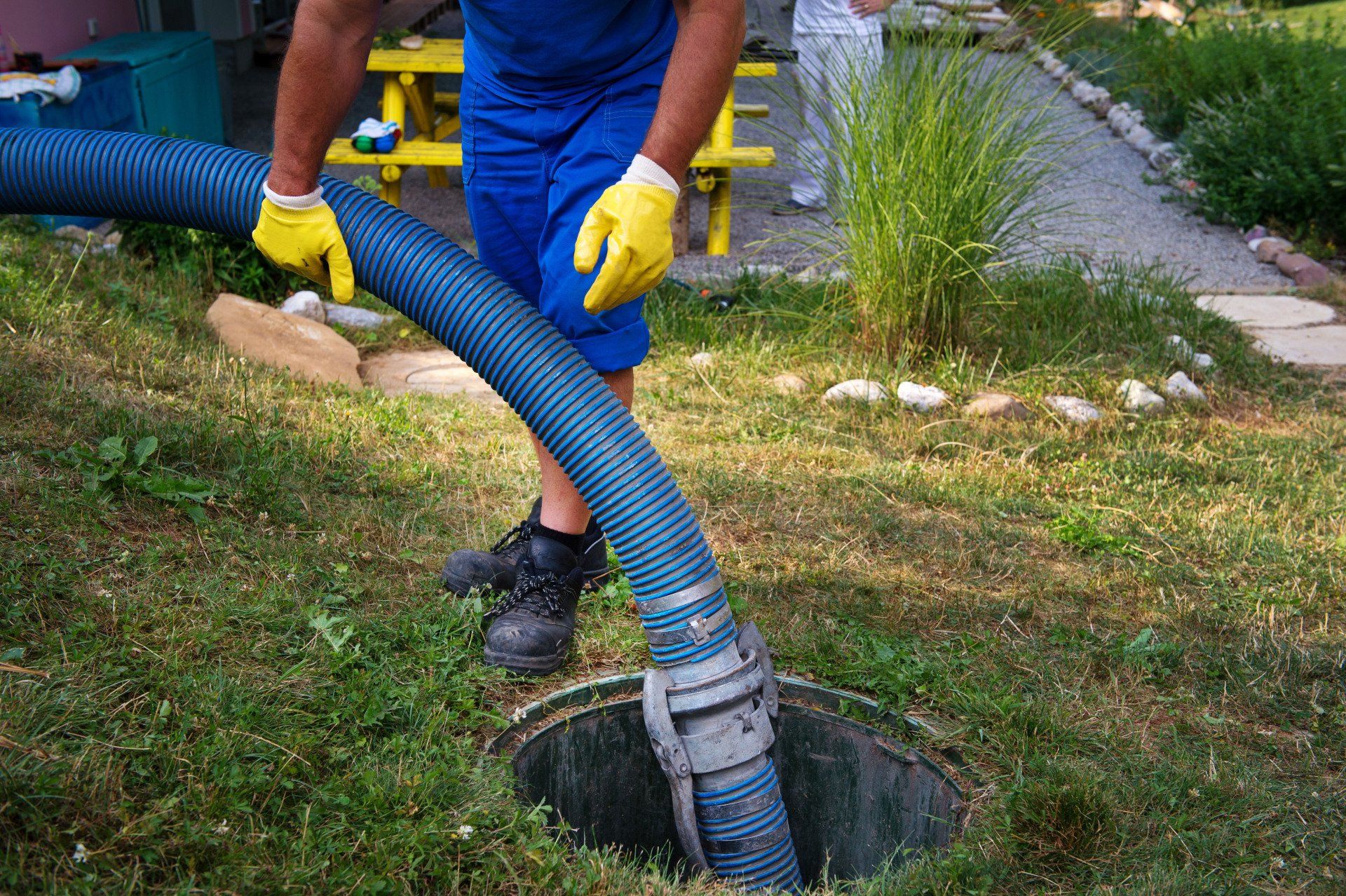
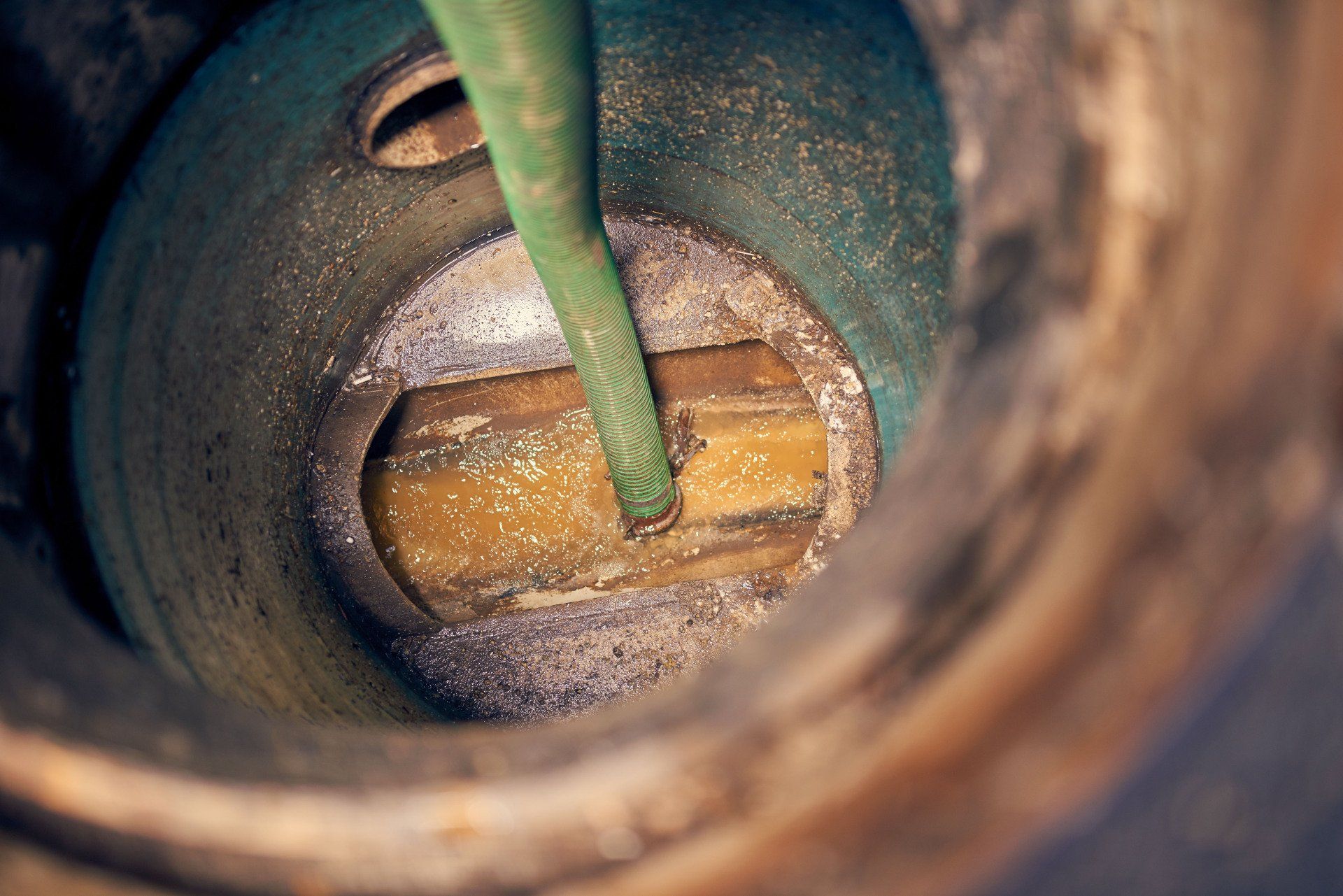
Share On: